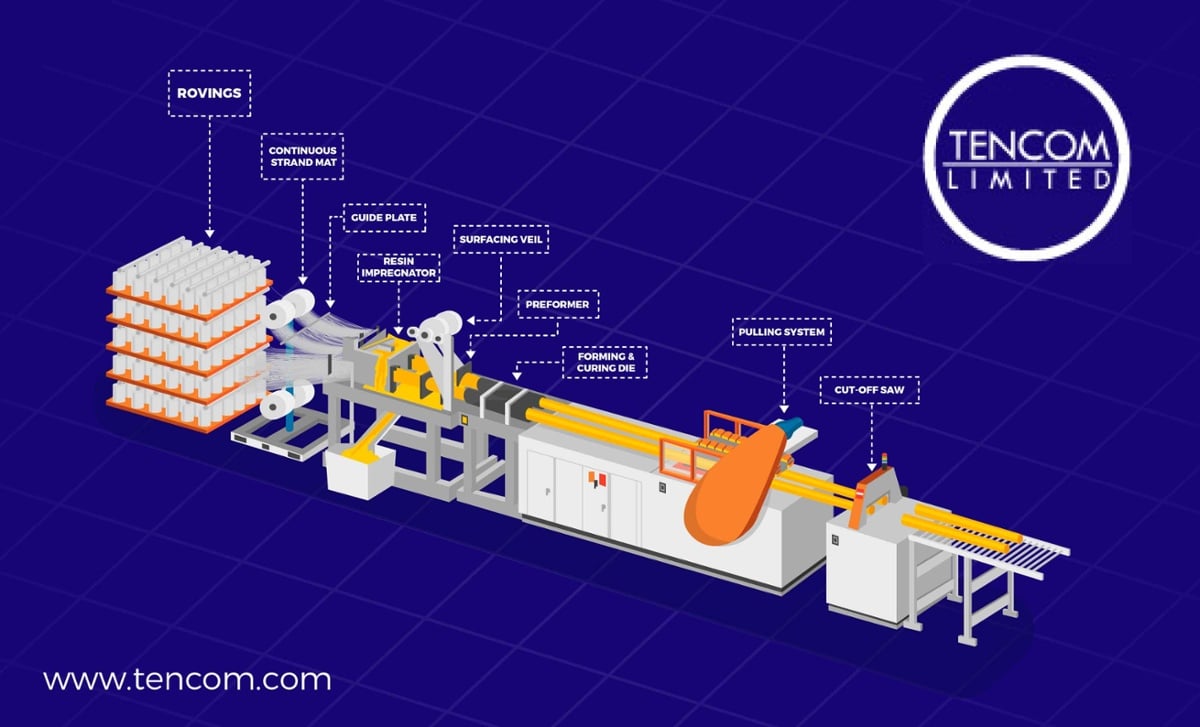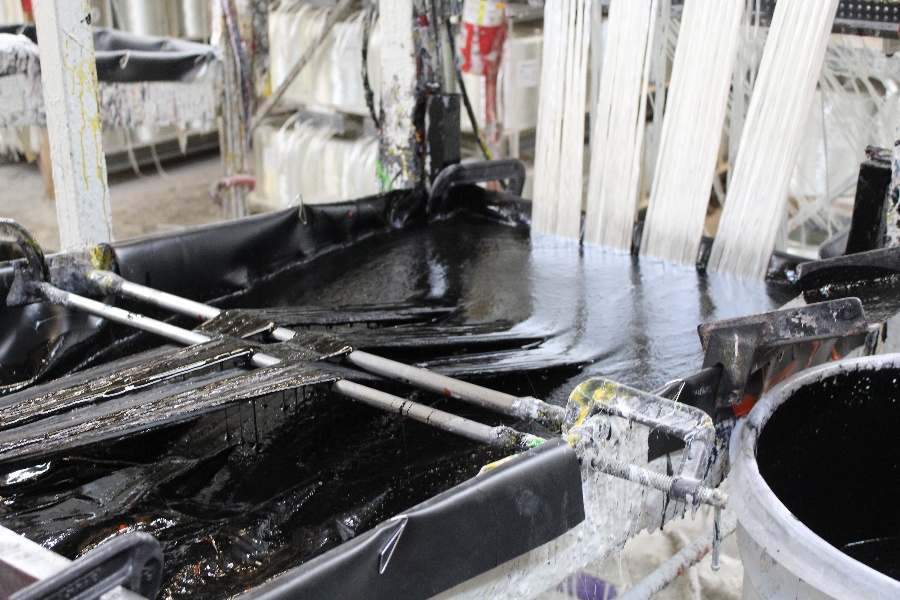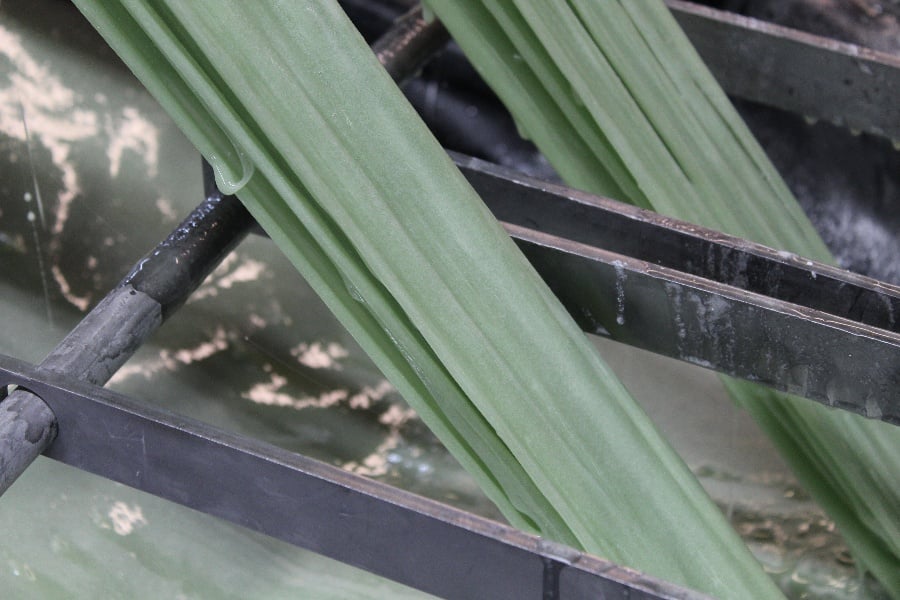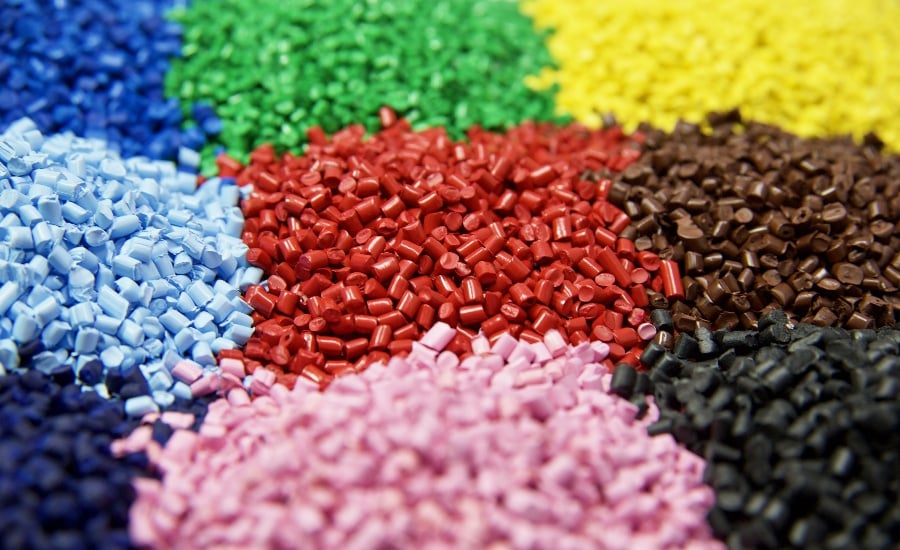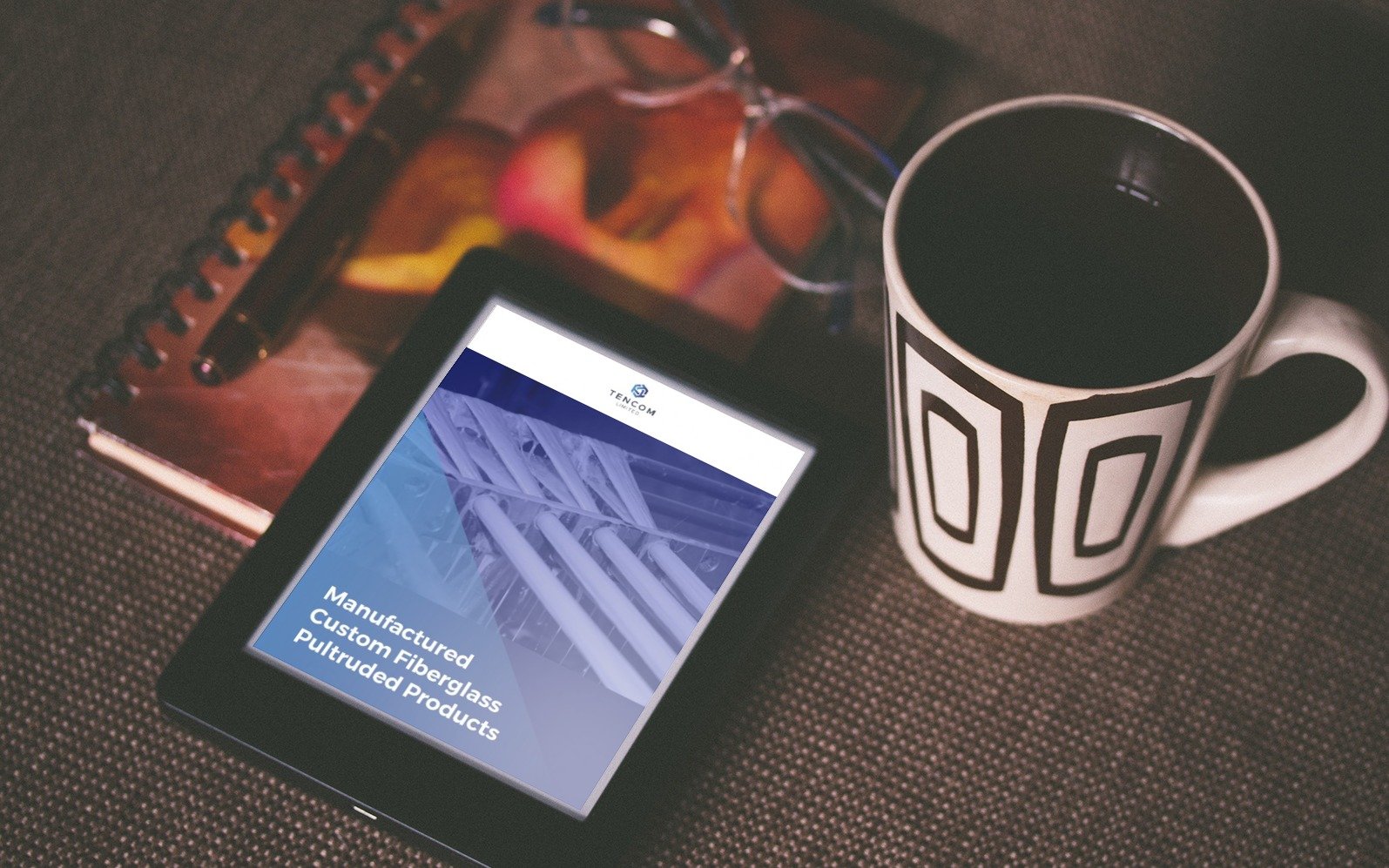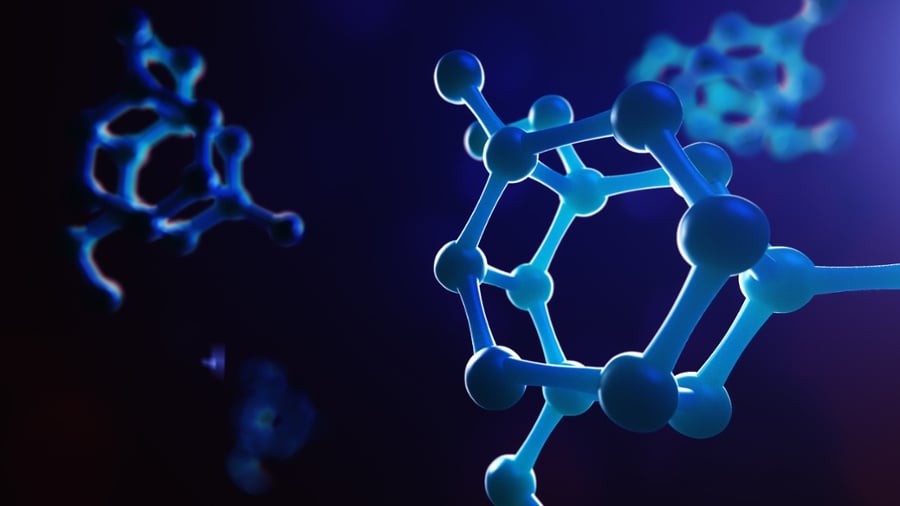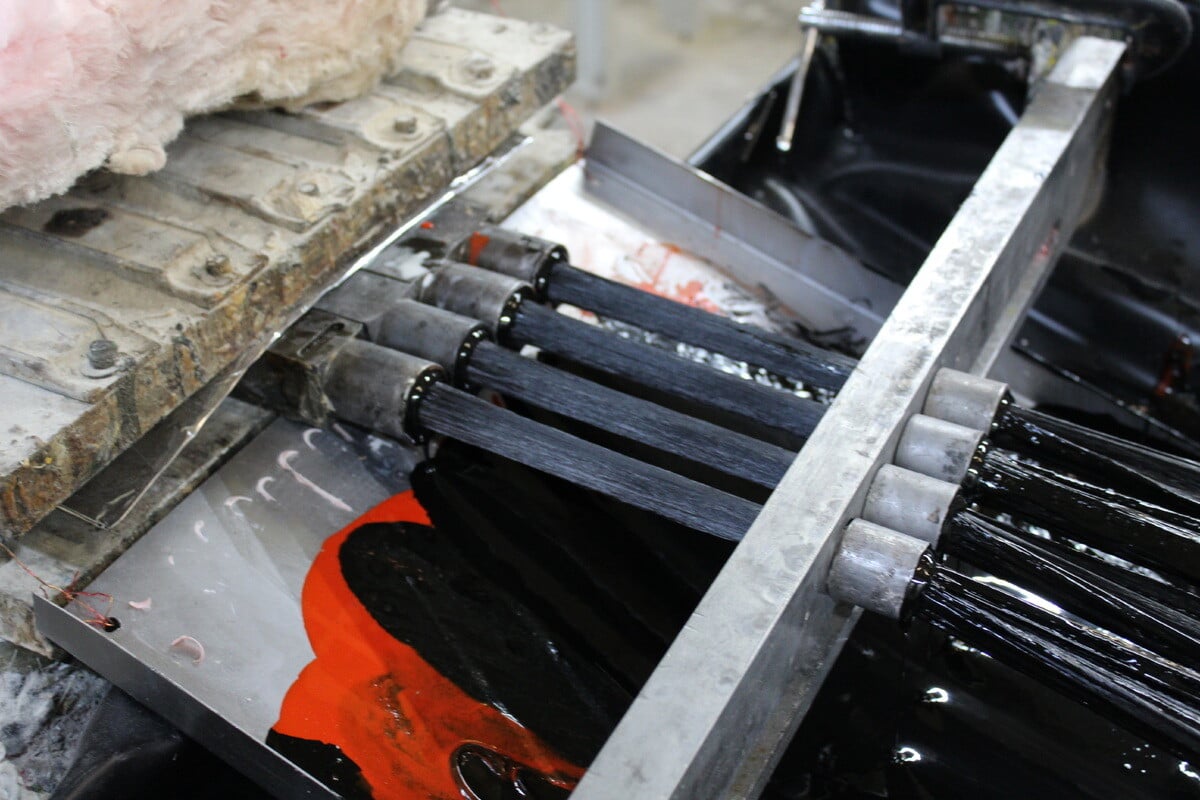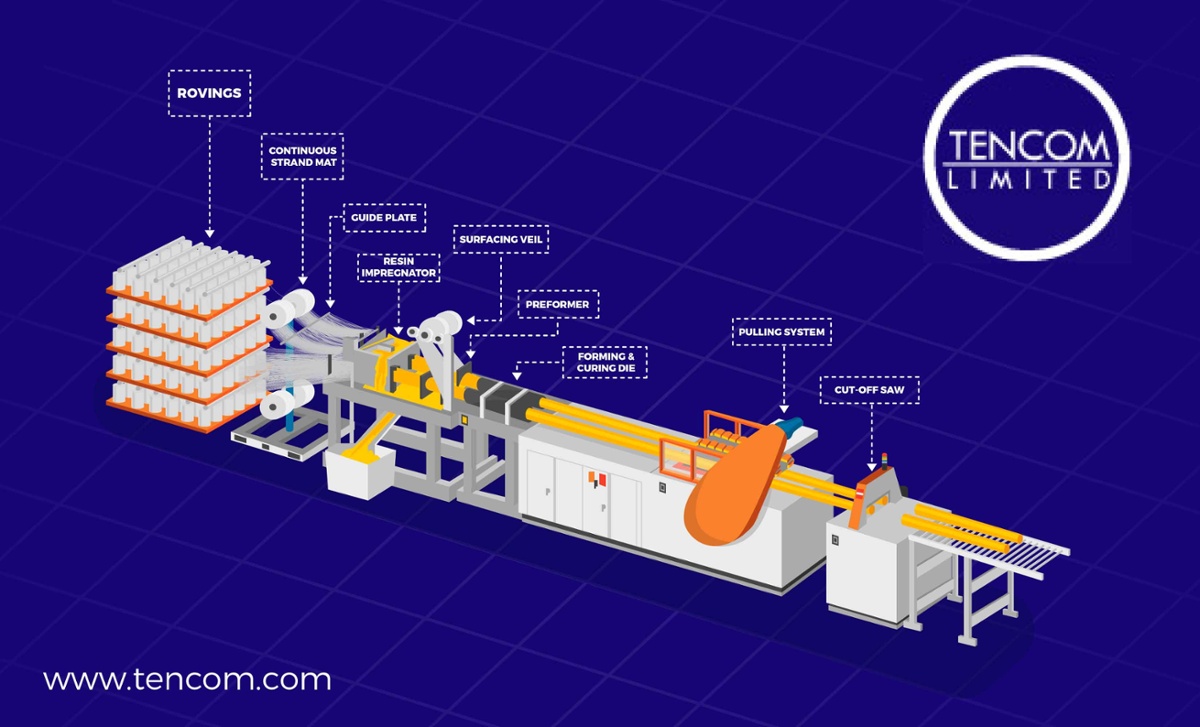
Pultrusion is a method of manufacturing that refers to a continuous or uninterrupted process that utilizes fiber reinforcements or another resin matrix's to produce cross-sectional materials.
Pultrusion, which is a combination of two terms, means ‘pull’ and ‘extrusion.’ The procedure involves pulling the raw materials.
Manufacturing Process
Pultrusion refers to a manufacturing process in which continuous lengths of fiberglass reinforced polymers with a constant cross-section are produced.During this process, reinforced fibers, liquid pultrusion resins, pigments, and other raw materials are normally pulled through a heated die, converting them into FRP composite products.
While the equipment used often varies in size, the pultrusion process is usually the same everywhere.
That said, the following is a detailed breakdown of each step.
Step 1: Feed Raw Materials into the Guide
The pultrusion process involves pulling the necessary raw materials through a heated die, which means that the reinforced fibers need to be in continuous form.
In most cases, either rolls of filament known as rovings or continuous strand mats are used. They provide the tensile strength required to pull the rest of the fiber reinforcements through the die.
That said, the first pultrusion process step involves feeding the continuous roving filaments or mats into the machinery through the preforming guides.
In the guide, the roving filaments are often pass through a tensioner, then shaped into the finished profile.
It is, therefore, vital that the manufacturer maintains utmost accuracy when feeding the rovings in the guides, as this determines both the strength and the quality of the resulting profile.
Step 2: Impregnate the Resin
The reinforced rovings or mats go through a wet-out bath for resin impregnation. The forming guides are placed before, within, or after this resin bath.
The wet-out bath usually contains a resin, most commonly polyester or vinyl ester, pigments, fillers, and also a catalyst to help in curing. It's critical to note that there are different types of wet-out baths.
The most common one involves an open-resin-filled bath that usually has separation bars within it, so the rovings are guided over and under the bars for impregnation.
It's considered the standard resin impregnation method as it's cost-effective and also results in high-quality profiles.
Another type of wet-out bath also involves an open-filled bath; the only difference is that the reinforcement doesn't go up and down.
Therefore, it's more suitable for vertical reinforcements such as mats and veils as they'll remain horizontally position throughout the process. It's ideal in the production of hollow pultruded composite products.
Step 3: Go Into the Heating/Curing
The resin-impregnated reinforced fibers then go through a heated die.
This step is also critical as it's where the hard shape of the resulting profile is formed. When the impregnated reinforcements are exposed to the heated die, the cross-linking process begins, and they gradually solidify.
It's vital to note that the cross-linking process is exothermic. This means that once initiated, it causes the temperature of the resin to exceed that of the die.
This usually happens towards the end of the heating process, and in turn, the resin pulls away from the die naturally.
It's therefore incredibly important to maintain an optimum temperature. If the temperature is too high, cracks will appear in the composite.
On the other hand, if the temperature isn't hot enough, the resin will not achieve total cross-linking. Either way, the results are inferior quality composite profiles.
Step 4: Separate
As noted, separation begins at the end of the heating die process using a pulling mechanism.
Many manufacturers often use a reciprocating hydraulic clamp puller for this purpose. Once separated, the cured profiles are usually cut to the required length using an automatic saw.
This is often the final pultrusion process step, and after this, the cured profile can either go through secondary processing at the factory or be packaged and shipped to the customer.
Resins
Many types of thermosetting resin systems are used in the pultrusion process. These include:
- Polyurethane
- Unsaturated polyester
- Methacrylate resins
- Phenolic-resins
- epoxy
- vinyl ester
Polyurethane (PU)
In recent years, compelling research about PU's distinct performance characteristics has resulted in its growing popularity in industries across the board. As a result, more and more manufacturers have begun working with PU.
Successfully used in the pultrusion process since the early 2000s, it is highly resistant to impact and fatigue.
The polyurethane profiles are customarily used when the high performance of the structures is needed.
Consequently, composite rods, tubes, bars and poles as well as custom shapes can possess up to 40% higher material properties when compared to polyester. Indeed, many weather and hurricane proofing applications in the building and infrastructure sectors use polyurethane pultrusion to make standard and custom composite profiles.
Glass Fiber
Glass fiber reinforcements are usually very crucial during the pultrusion process. The silane sizing typically encircles the glass filaments and enhances the fiber bonding to the matrix. During the pultrusion procedure, the use of smooth roving, monofilament, and textured roving is usually practiced.
The Takeaway
In general, the pultrusion manufacturing process is more economically attractive, convenient, and efficient compared to other types of manufacturing techniques currently available in the market.
Pultrusion also produces high-quality and error-free composites, which ensures that the resulting products have a longer life span compared to other old-school products. Because of this, it has become popular and in high demand in recent years.
Tencom's team of expert engineers has helped designers, architects, builders and manufacturers fashion pultruded profiles for numerous projects. Our customer-first approach ensures that customers get the right product at the right time and at the right price.
Contact us to find out more about how we can work together to meet your requirements today.

